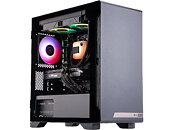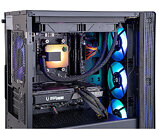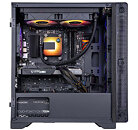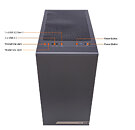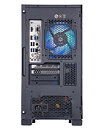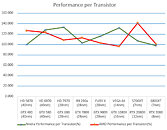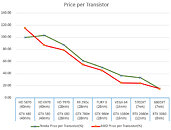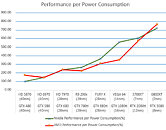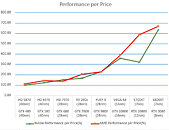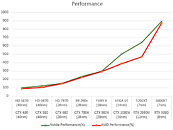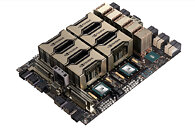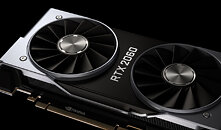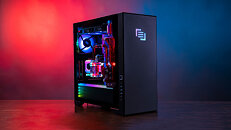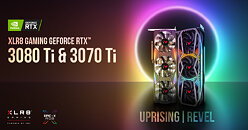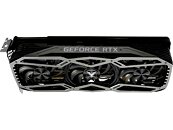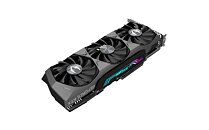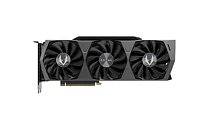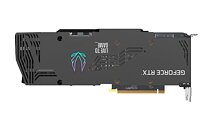
Colorful Unveils iGame GeForce RTX 3060 Ti Mini OC LHR-V
Colorful today unveiled a compact, SFF-friendly graphics card based on the GeForce RTX 3060 Ti "Ampere," the iGame RTX 3060 Ti Mini OC LHR-V. This card has essentially the same board design as the RTX 3060 Mini OC from August 2021, but with the faster RTX 3060 Ti. Its USP is its 18.4 cm length, and standard 13 cm height. A dense aluminium fin-stack heatsink, with a single 90 mm fan, to keep cool.
The cooler shroud uses matte-white with a second brushed aluminium tone, and thin red accents. A denim-like fabric stub sticks of the top with the Colorful branding. The card pulls power from a single 8-pin PCIe power connector. Display outputs include three DisplayPort 1.4, and one HDMI 2.1. The card also features dual-BIOS, with a push-type BIOS switch at the rear I/O. The default BIOS runs the RTX 3060 Ti at 1665 MHz boost, while the OC BIOS runs it at 1680 MHz. The memory is left untouched at 14 Gbps (448 GB/s). Based on the 8 nm GA104 silicon, the RTX 3060 Ti is endowed with 4,864 CUDA cores, 38 RT cores, 152 Tensor cores, 152 TMUs, and 80 ROPs. It features a 256-bit wide GDDR6 memory interface, with 8 GB of memory. As the model name of this card suggests, Colorful is using the LHR (lite hash-rate) version of the RTX 3060 Ti.
The cooler shroud uses matte-white with a second brushed aluminium tone, and thin red accents. A denim-like fabric stub sticks of the top with the Colorful branding. The card pulls power from a single 8-pin PCIe power connector. Display outputs include three DisplayPort 1.4, and one HDMI 2.1. The card also features dual-BIOS, with a push-type BIOS switch at the rear I/O. The default BIOS runs the RTX 3060 Ti at 1665 MHz boost, while the OC BIOS runs it at 1680 MHz. The memory is left untouched at 14 Gbps (448 GB/s). Based on the 8 nm GA104 silicon, the RTX 3060 Ti is endowed with 4,864 CUDA cores, 38 RT cores, 152 Tensor cores, 152 TMUs, and 80 ROPs. It features a 256-bit wide GDDR6 memory interface, with 8 GB of memory. As the model name of this card suggests, Colorful is using the LHR (lite hash-rate) version of the RTX 3060 Ti.
































